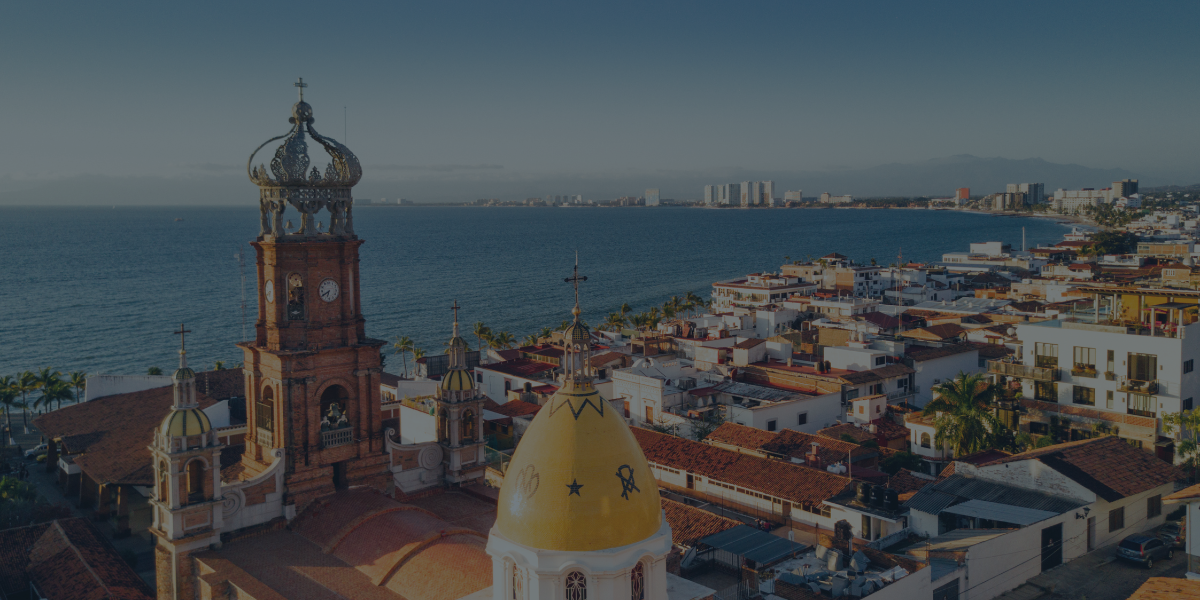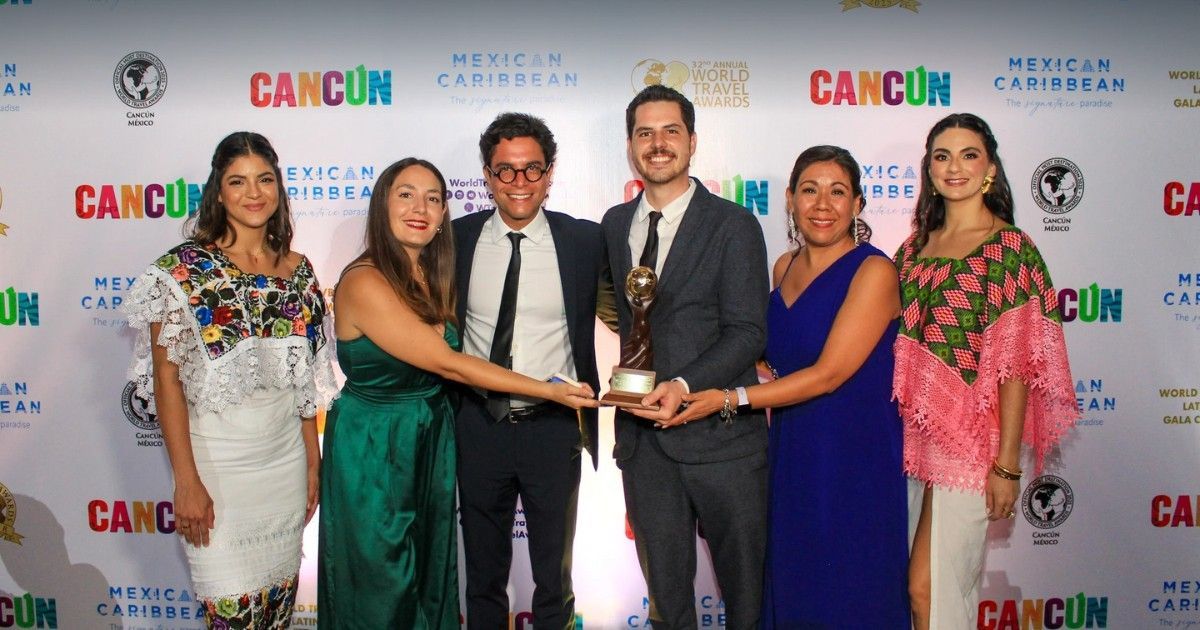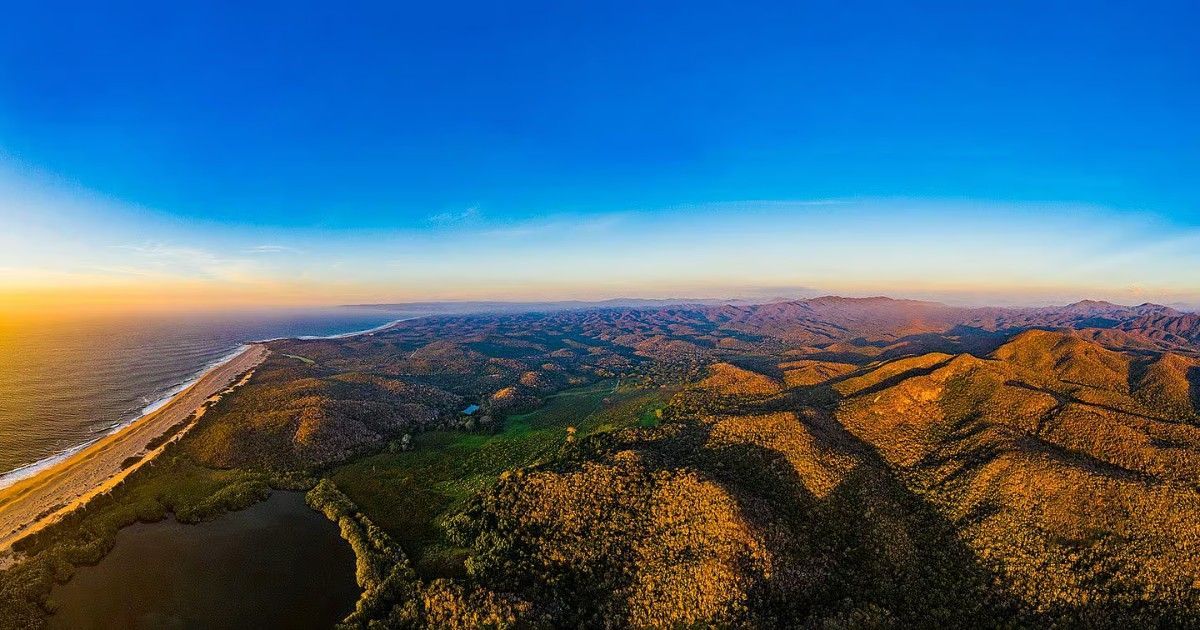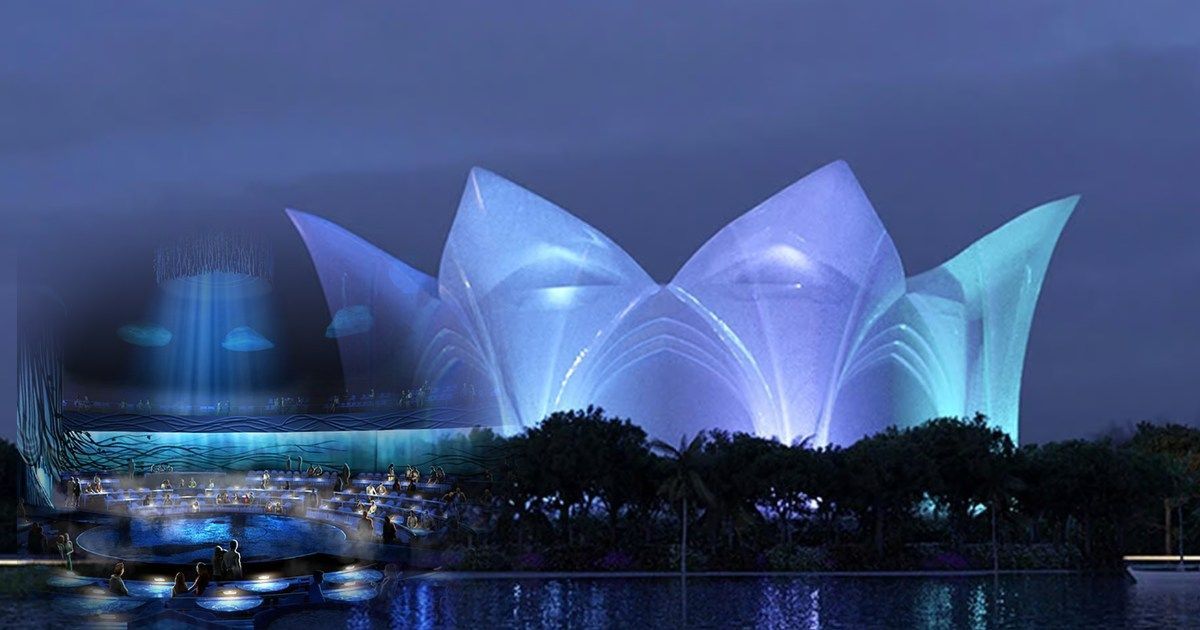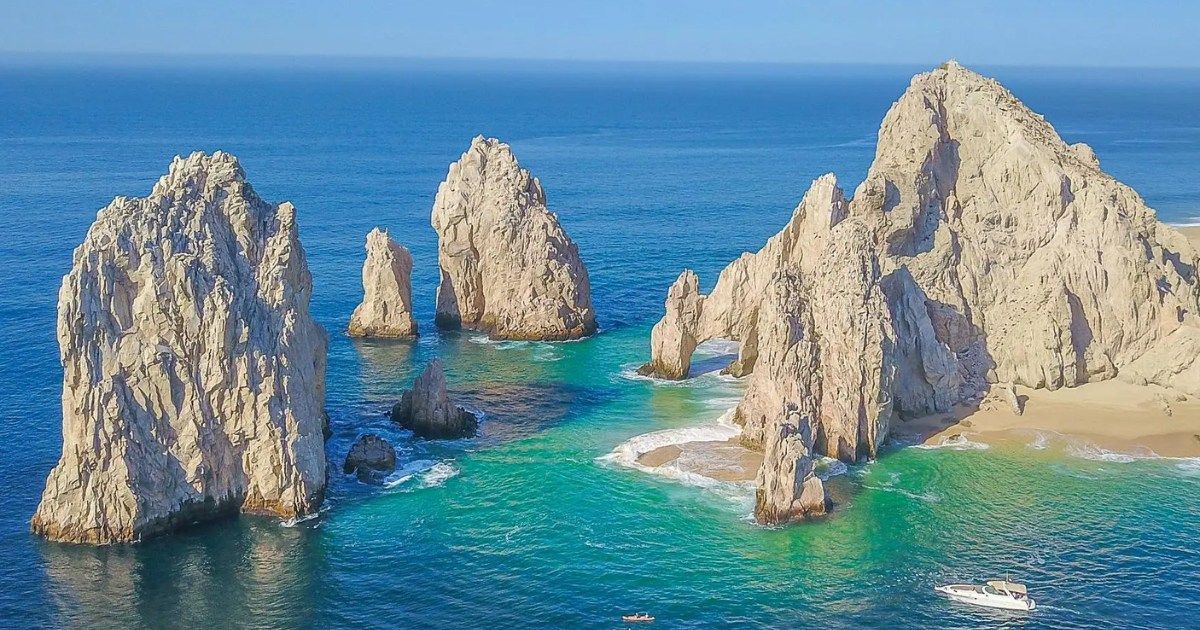SPOTLIGHT ON: MEXICO’S HIDDEN HERITAGE
October 8, 2025
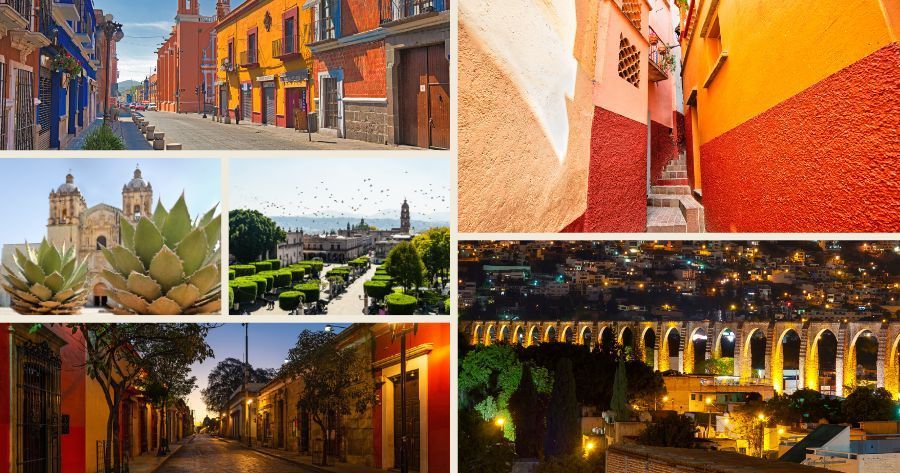
Mexico is inviting travelers to rediscover its roots through the timeless beauty of its colonial cities—destinations where cobblestone streets, centuries-old cathedrals, and colorful plazas reveal the country’s soul. From Guanajuato’s silver-mining past to the artistic pulse of San Miguel de Allende, these cities offer experiences rich in architecture, gastronomy, and living tradition. As Tourism Minister Josefina Rodríguez Zamora notes, “Each one offers a window into the past, a celebration of the present, and a warm invitation to experience the soul of Mexico.”
Several of these cities—Puebla, Oaxaca, Morelia, Querétaro, and Zacatecas among them—are recognized as UNESCO World Heritage Sites for their architectural and cultural significance. Visitors can explore ornate churches and grand colonial mansions, savor regional cuisine like Oaxaca’s tlayudas or Puebla’s mole poblano, and immerse themselves in the vibrant rhythm of festivals such as Día de los Muertos in Morelia or Semana Santa in San Luis Potosí.
Compact, walkable, and surrounded by striking natural landscapes, Mexico’s colonial cities are ideal for slow, sustainable travel. Many are also part of national initiatives promoting community-based tourism, empowering local artisans, and preserving traditional crafts. These destinations offer authentic experiences—a blend of cultural depth, local connection, and heritage that continues to define Mexico as one of the world’s most inspiring incentive and leisure destinations.


